AASV Awards $100,000 for Swine Research
by Jenny Alonge
The American Association of Swine Veterinarian’s (AASV) mission includes increasing swine veterinarians’ knowledge, protecting and promoting swine health and wellbeing, and advocating science-based approaches to veterinary, industry, and public health issues. To facilitate these endeavors, AASV offered $100,000 in funding for research that applied directly to the swine veterinary profession. Eleven proposals were submitted for consideration by AASV’s scientific subcommittee, and four research proposals were awarded monetary assistance.
Investigating postweaning diarrhea in piglets
The Foundation granted $30,000 to Dr. Marcelo Almeida and co-investigators to fund their proposal, “Comparison of the pathological and clinical effects of F18 enterotoxigenic Escherichia coli containing a tia adhesin gene against a contemporary F18 Escherichia coli strain.” Porcine postweaning diarrhea (PWD) caused by enterotoxigenic E.coli (ETEC) is one of the most economically significant swine diseases in the United States. ETEC strains that cause PWD possess adhesins and enterotoxins, and these virulence factors are necessary to clinically express PWD. The ETEC expressing F4 and F18 fimbriae are the two main pathogens associated with PWD in piglets and adhere to specific receptors on the porcine intestinal brush border epithelial cells to initiate enteric infection. After this colonization, the bacteria produce one or more enterotoxins, instigating diarrhea. The growing global concern regarding antimicrobial resistance (AMR) has encouraged research into other treatment strategies to address PWD caused by ETEC. Dr. Almeida’s study objectives are to compare the clinical impact and assess the efficacy of a commercially available F18 E. coli competitive exclusion product in controlling PWD caused by ETEC-F18 +/tia +.
Evaluating porcine reproductive and respiratory syndrome vaccines
The Foundation granted $30,000 to Dr. Jianqiang Zhang and co-investigators to fund their proposal, “Evaluation of the protective efficacy of three porcine reproductive and respiratory syndrome virus (PRRSV) modified live virus (MLV) vaccines against the newly emergent PRRSV 1-4-4-L1C variant strain in weaned pigs.” PRRSV causes reproductive failure and high pre-weaning mortality in breeding herds, and pneumonia, leading to poor growth and high wean-to-market mortality in grow-finish herds. The disease causes major economic losses in the U.S. swine industry, and throughout the world. PRRSV is a single stranded RNA virus that can be classified into two distinct species—Betaarterivirus suid 1 (PRRSV1) and Betaarterivirus suid 2 (PRRSV2). PRRSV2 can further be categorized according to restriction fragment length polymorphism (RFLP) types, or phylogenetic lineages and sub-lineages based on the virus genome’s open reading frame 5 (orf5). Because PRRSV is a RNA virus, the disease has a high mutation rate and evolves rapidly. Since PRRSV2 was first identified, variants have periodically emerged, causing nation-wide epidemics. The most recent highly pathogenic PRRSV strain affecting the U.S. has an RFLP pattern 1-4-4, and is a particular variant within the lineage 1 C. Dr. Zhang’s study aims to evaluate the protective efficacy of three PRRSV MLV vaccines against the newly emergent PRRSV 1-4-4 L1C variant strain in a weaned pig model.
Assessing population-based sampling for influenza A virus RNA detection
The Foundation awarded $21,736 to Dr. Daniel Linhares and co-investigators to fund their proposal, “Assessment of population-based sampling for detection of influenza A virus RNA in breeding herds.” Influenza A viruses belong to the Orthomyxoviridae family, and their genome is composed of eight, negative-sense, single-stranded RNA segments. These viruses cause acute respiratory disease in pigs and contribute to porcine respiratory disease complex, porcine reproductive and respiratory syndrome, porcine circovirus type 2, Mycoplasma hyopneumoniae, and Actinobacillus pleuropneumoniae. Swine influenza A viruses target epithelial cells in the respiratory tract, replicating primarily in the lung tissue. Virus replication is restricted to the respiratory tract, and transmission occurs by contacting infected respiratory droplets. Influenza A infection typically lasts about six to seven days, and clinical signs, including fever, respiratory distress, and weakness, are usually mild. However, this disease can cause significant economic losses when sows experience reproductive failures, and growing pigs fail to thrive.
Vaccines are currently the main tool to control influenza A virus, but their efficacy is reduced against heterologous strains and the presence of maternally derived antibodies. Dr. Linhares’ study goals are to compare the probability of detection of influenza A virus swine RNA between individual and population-based samples, and to establish the probability of identifying influenza A virus swine positive litters by using different sample sizes.
Comparing herd-level sensitivity to detect porcine reproductive and respiratory syndrome virus
The Foundation awarded $18,264 to Dr. Gustavo Silva and co-investigators to partially fund their project, “Comparing herd-level sensitivity to detect PRRSV outbreaks among different surveillance methods.” No single, successful strategy can control PRRSV, largely because of numerous virus variants, large swine populations, and multiple transmission methods. PRRSV detection is best performed in affected pigs during the early stages by collecting suitable samples from weak-born neonates that haven’t nursed, clinically affected nursing pigs, and febrile, anorectic post weaned pigs and sows. PRRSV detection methods include bronchoalveolar lavage (BAL), serum, lung, lymph nodes, tonsils, and spleen. The overarching goal of Dr. Silva’s project is to assess herd-level sensitivity among different surveillance samples to detect PRRSV outbreaks, with a secondary objective of characterizing PRRSV’s impact.
AASV’s contribution to these research projects will provide much needed information about diseases that affect porcine health and negatively impact the swine industry.





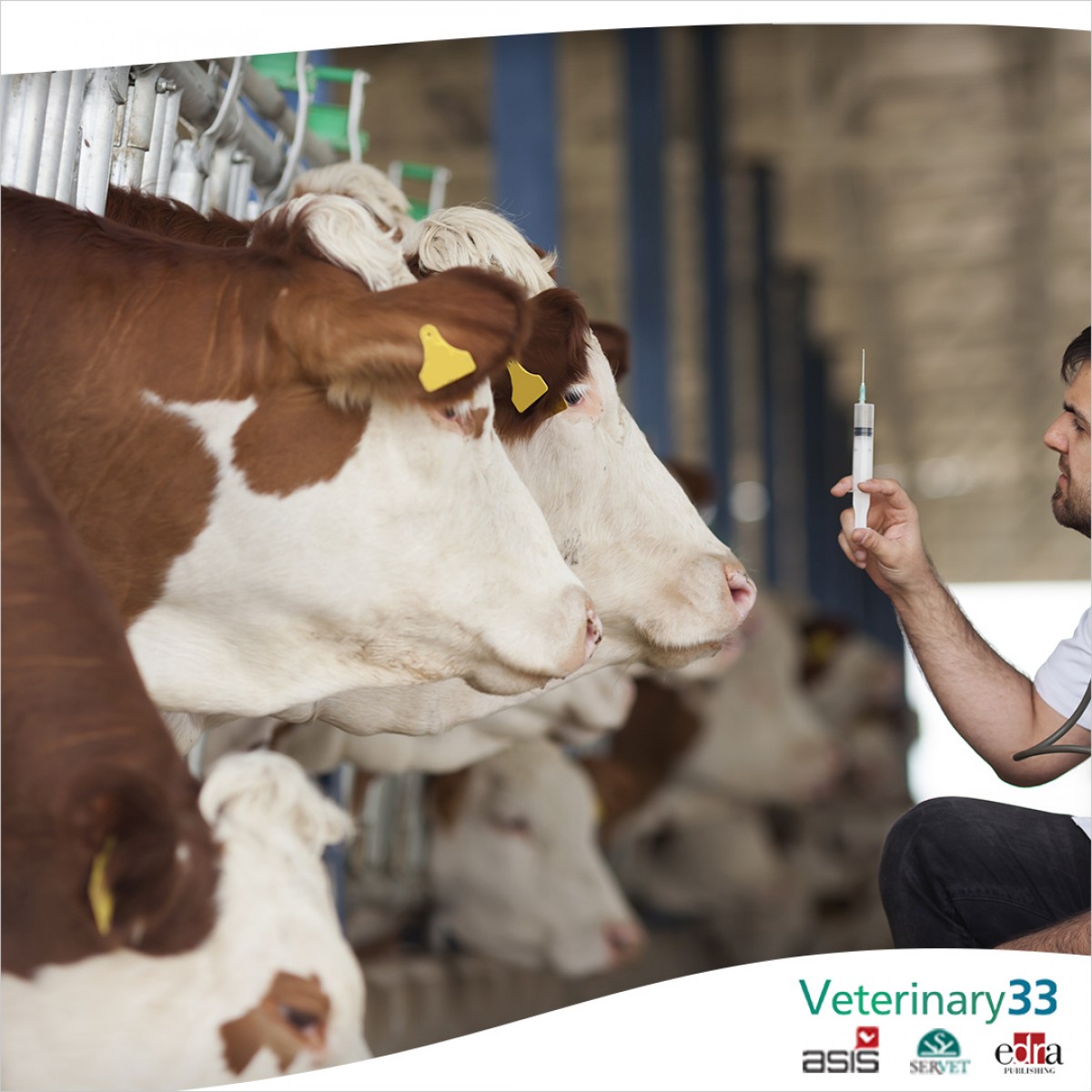



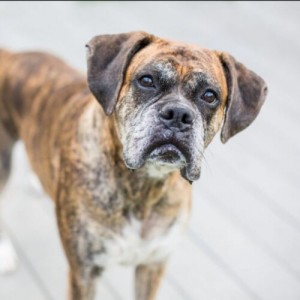
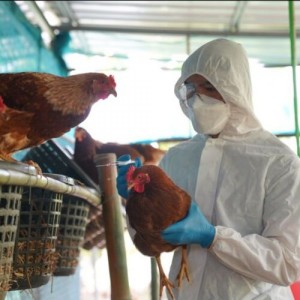
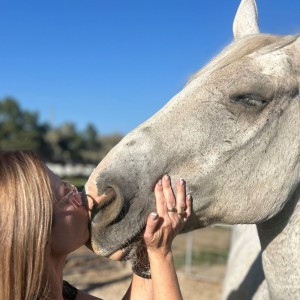
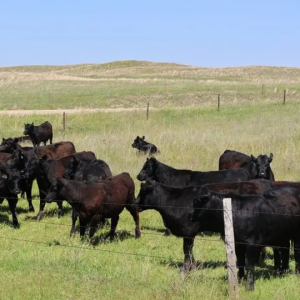

List
Add
Please enter a comment